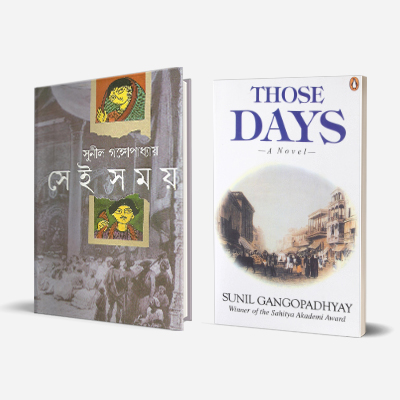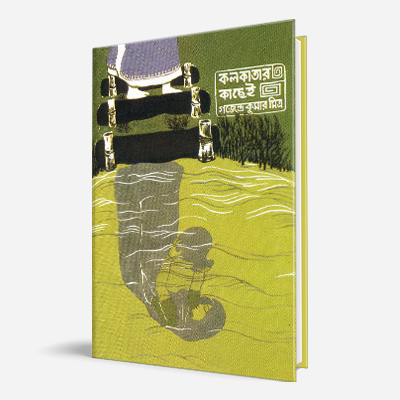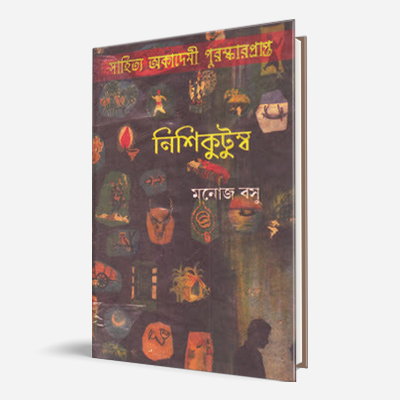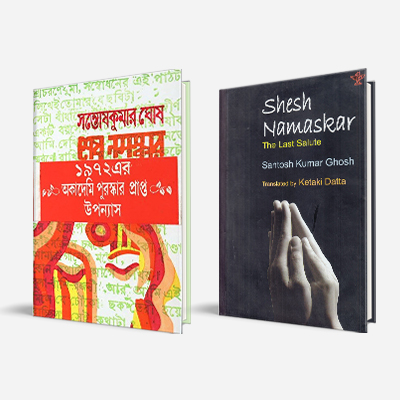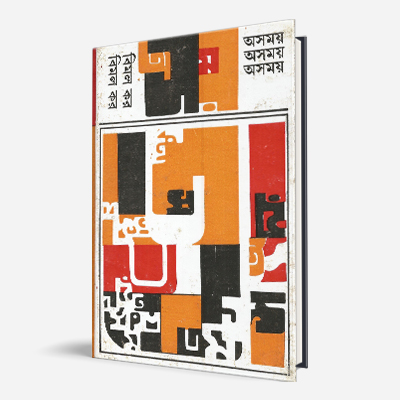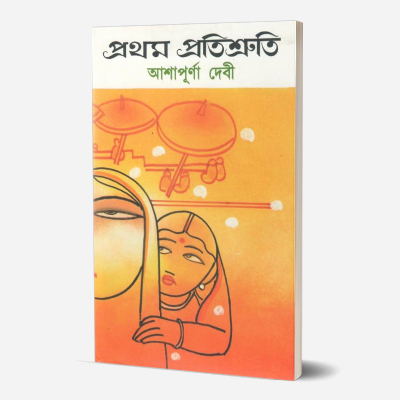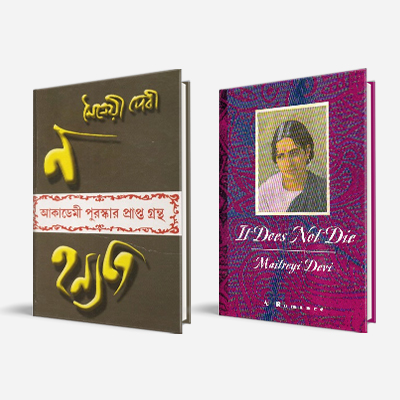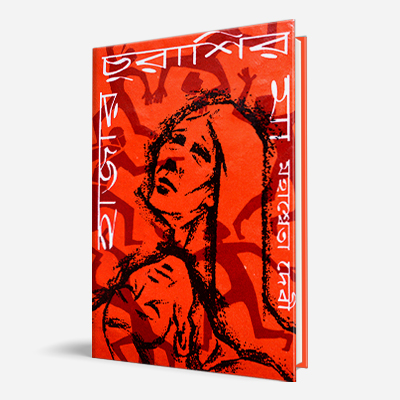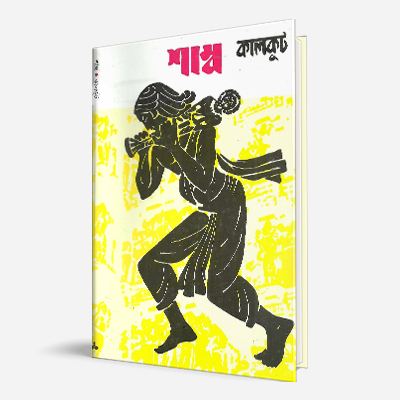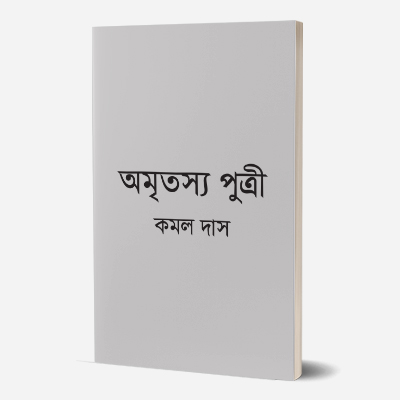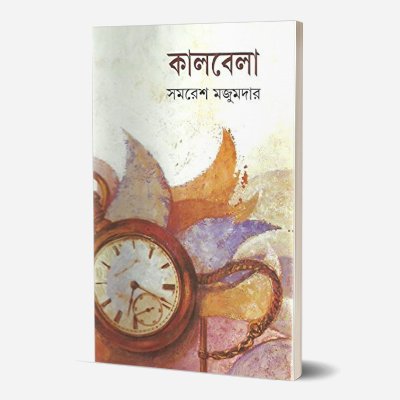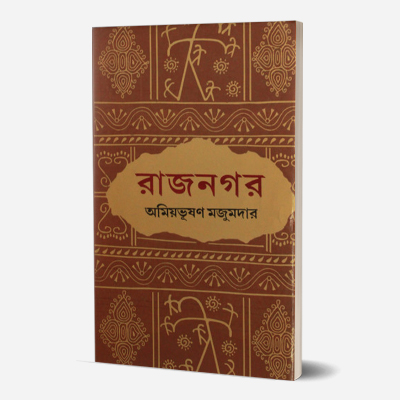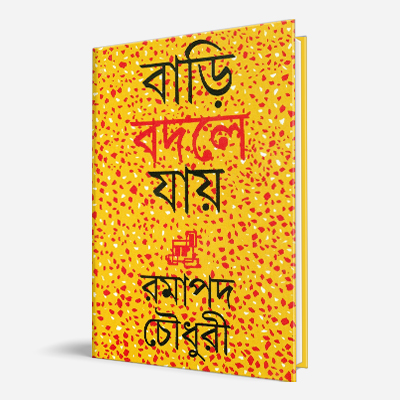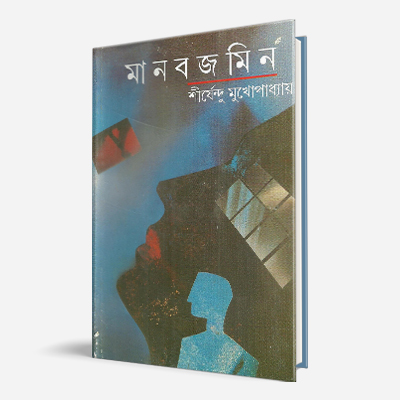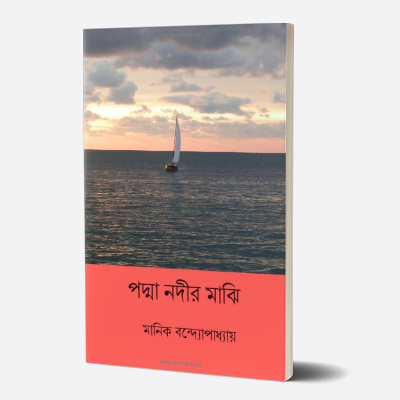Sei Samay
By Sunil Gangopadhyay
Translated into English as Those Days by Aruna Chakravarti (Penguin, 1997)
The nineteenth-century Bengal Renaissance and the 1857 uprising form the backdrop to Sei Samay (1982), a saga of human frailties and strength which also explores the cross-cultural currents of social, political and intellectual life in the city of Calcutta. Sei Samay (translated into English as Those Days by Aruna Chakravarti) is a period novel which revolves around the creator of Hutum Pyanchar Naksha, Kali Prasanna Singha, along with other legendary historical figures including Ishwar Chandra Vidyasagar, the reformer; Michael Madhusudan Dutt, the poet; the father and son duo of Dwarkanath Tagore and Debendranath Tagore; Harish Mukherjee, the journalist; Keshab Chandra Sen, the Brahmo Samaj radical; David Hare and John Bethune, the English educationists, and others who bring alive a momentous time. The novel, appearing in serial form in Desh over a period of two and a half years and published in two volumes in 1981 and 1982, deftly weaves the actual and purely fictional into the vast canvas of its story using a rational, analytical and unbiased voice. Notably, for this novel, the stress on the characters goes into highlighting the era being written about, rather than the opposite. Yet Sunil stresses in his epilogue that “Sei Samay is a novel—not a historical document…The fiction writer, even when depicting historical truth, has to invest it with the light of the imagination.” According to academic Jagannath Chakravorty, “[Sei Samay] brings within its fold history and hearsay, fact and fancy, document and comment almost with equal ease…[It is] one of the most significant contributions to Bengali fiction in recent years”. It received the Sahitya Akademi Award in 1985.
About the Author
The author of well over 200 books, Sunil Gangopadhyay (1934-2012) was a prolific writer who authored numerous novels, travelogues and collections of poetry during his lifetime, but declared poetry to be his “first love”. His better-known poetry collections are Eka ebang Kayekjon (1958), Amar Swapna (1972), Bandi Jege Achhi (1974), and Ami ki Rakam Bhabe Benche Achhi (1975). Gangopadhyay was the founder editor of Krittibas, an epoch-making poetry magazine started publishing from 1953, that became a platform for a new generation of poets experimenting with many new forms in poetic themes, rhythms, and words. Storming into the field of the novel with the trendsetting Atma Prakash (1966)—a powerful portrayal of the frustration and ennui of the youth of Calcutta—he soon rose to become one of the most popular Bengali novelists. Gangopadhyay also created the popular fictional character Kakababu and wrote a series of novels on this character, which became significant in Indian children’s literature. Gangopadhyay wrote under the pen names: Nil Lohit, Sanatan Pathak, and Nil Upadhyay.
Also read
Prothom Alo (First Light)
The sequel to the award-winning and critically acclaimed Those Days, Prothom Alo (translated into English as First Light) was first published in 2001.It is a magnificent novel set at the turn of the twentieth century in a Bengal where the old and young India are jostling for space. Prominent among its many characters are Rabindranath Tagore or Robi, the young, dreamy poet, torn between his art and the love for his beautiful, ethereal sister-in-law, Kadambari Devi, and the handsome, dynamic Naren Datta, later to become Swami Vivekananda. Grand in its scale and crackling with the energy of its prose, Prothom Alo is a rich and comprehensive portrait of Bengal, from its sleepy, slow-changing villages to the bustling city of Calcutta where the genteel and the grotesque live together. Equally, it is a chronicle of a whole nation waking up to a new, modern sensibility.
Pratidwandi (The Adversary)
Originally published in 1974, Sunil Gangopadhyay’s novel Pratidwandi has also been translated into English by Enakshi Chatterjee as The Adversary. Set in the late 1960s, Pratidwandi perfectly captures the cynicism, despair, economic corruption and social upheaval which had engulfed the urban youth of Calcutta and was instrumental in their affiliation with the communist ideology. Siddhartha, the protagonist of this politically turbulent novel, is also emblematic of the interminable ennui of his peers and their travails and resistance while trying to survive in a brutally materialistic society. His family, having lost their tea estate, fell in dire financial straits and thus began a cycle of misfortunes which only exacerbated Siddhartha’s growing sense of futility and bitterness as he battled on tirelessly in the face of every rejection and insecurity. The austere bleakness of the narrative, delving into the complete breakdown of the very fabric of the society, is relieved by a streak of romanticism, ethics and an idealistic vision of a world, which once embodied by Siddhartha, stands out as the redeeming feature of this novel. Satyajit Ray adapted the novel into a 1970 film, which was the first film of Ray’s famous ‘Calcutta Trilogy’ and also won three National Film Awards. According to Ashapurna Devi, an admirer of Sunil Gangopadhyay, ‘The sensibility of a real artist can turn the common into uncommon, the ordinary into extraordinary. Sunil has the power to light up those areas. The light is clear but not dazzling.’
Nishango Samrat (The Lonely Monarch)
First published in 2005, Nishanga Samrat (translated into English as The Lonely Monarch) revolves around the story of India’s greatest professional stage actor Sisir Bhaduri, a brilliant performer who was loved and respected by his peers, adored by spectators and acknowledged as a master by Rabindranath Tagore himself. Yet, Sisirkumar remained passionately committed to a singular dream: to steer his audience away from the raucous melodrama that had come to be called entertainment toward an evolved enjoyment of stage performance. Set in the vibrant world of Bengali theatre in 1924’s Calcutta, this searing novel brings to life Sisirkumar’s relentless efforts to free the stage of Western influences and mediocrity; his frustration and disillusionment with apathetic patrons and obdurate audiences; his ruinous weakness for alcohol; and the impossible ideals that alienated him from his closest friends and the women in his life. Sunil Gangopadhyay, with his inimitable literary craftsmanship, documents the tumultuous life of a remarkable man and a defining era in the history of Indian theatre, profoundly paying his tribute to the might and resilience of the creative spirit.
